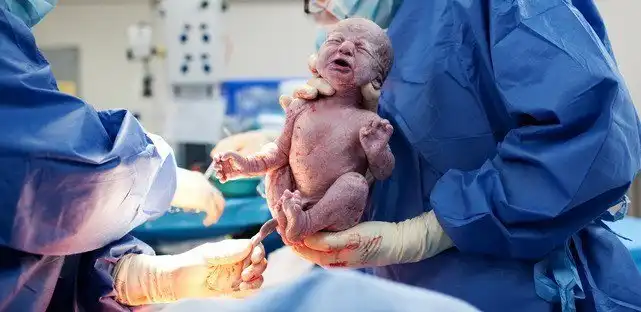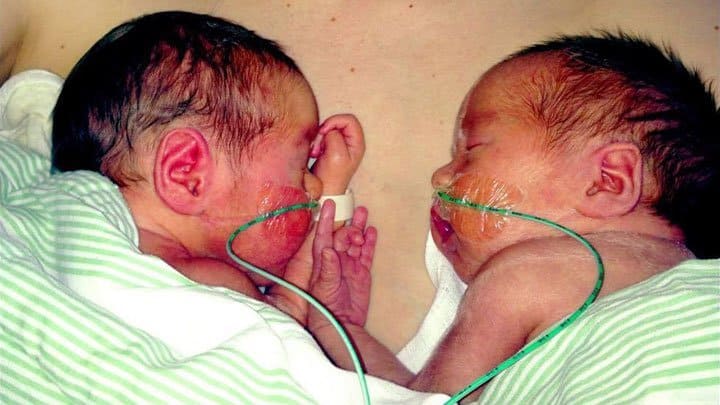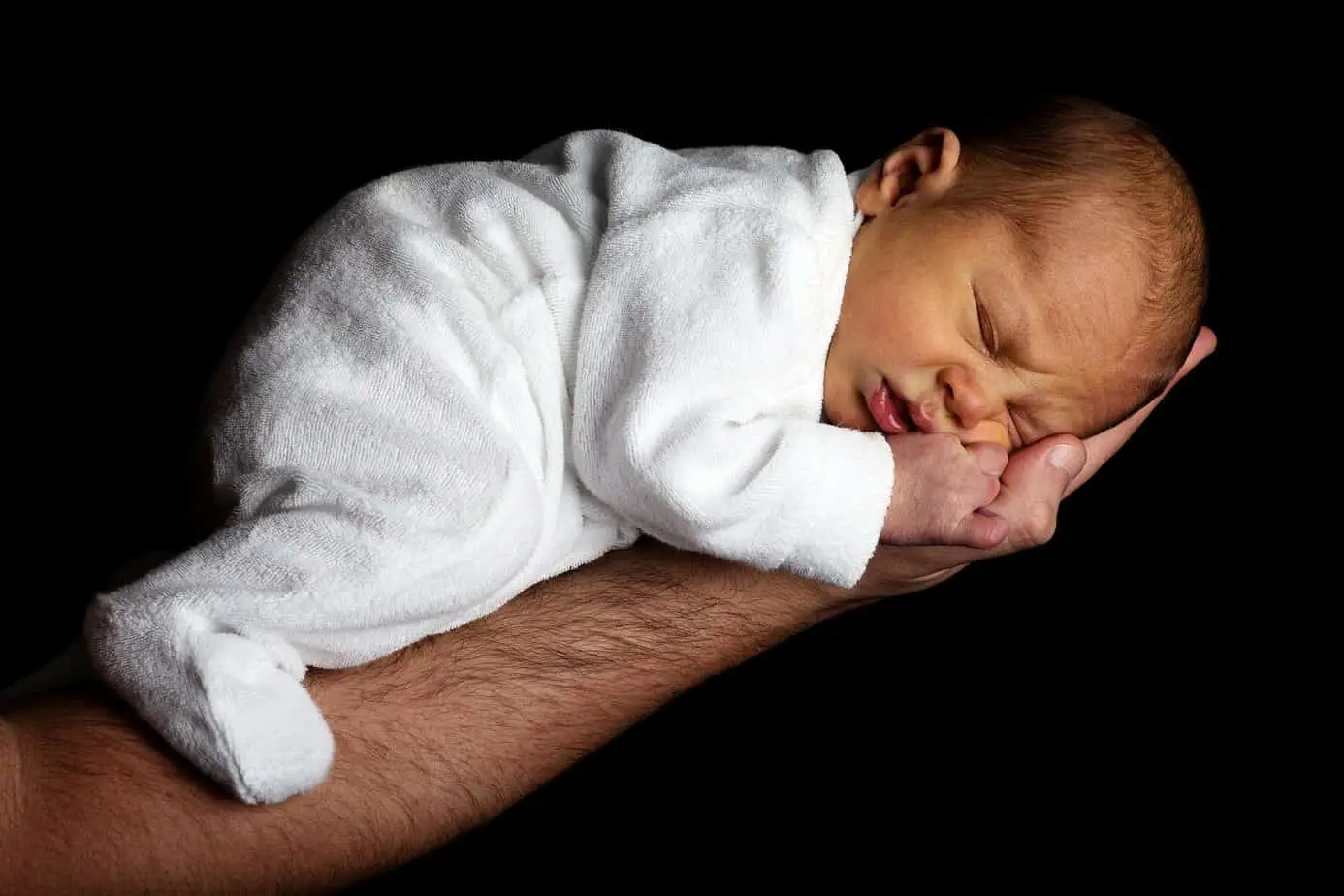Study Explores Cord Insertions in Monochorionic Twins
Researchers from Belgium retrospectively studied 518 mo-di twin pregnancies from the first trimester. They wanted to examine if the site of cord insertions increases the risk of an adverse outcome. They looked at whether the site of cord insertion would be connected to fetal or neonatal loss or birth prior to 32 weeks, Twin to Twin Transfusion Syndrome (TTTS) and discordant growth. The site of cord insertion was determined by prenatal ultrasound scans. They were either classified as normal (central or eccentric), marginal (on the placental edge) or velamentous (separate from the placental disc on the fetal membranes). The study took place at the University Hospitals of Leuven between January 2002 and January 2016. Women were excluded from the study if a major congenital anomaly in one of their babies was diagnosed during the first trimester.
Outcome data collected after birth
Fetal growth and the cord insertion site of the placenta was documented at every scan. Outcome data were collected after the women had given birth. This information was obtained from both the obstetric and neonatal records from the hospital where the women gave birth. Gestational age at birth, birth weight, fetal loss during pregnancy or delivery and neonatal death within 28 days were recorded, as well as the occurrence of TTTS. The treatment of choice for TTTS was laser surgery. The researchers found that a velamentous cord in one or both twins increases the risk of an adverse outcome and TTTS irrespective of discordance in the insertion sites. For the risk of discordant growth, both the discordance in insertion sites and the presence of one velamentous cord were independent predictors.
Conflicting results regarding TTTS
The researchers state that their study is the first antenatal study that examines the relationship between the cord insertion sites and the outcome in monochorionic twin pregnancies. So far, only postnatal placental studies have looked at the relationship between the insertion sites and the outcome of monochorionic twin pregnancies. In those earlier studies, placentas were examined after delivery – not using ultrasound as done in this new study. For TTTS, earlier studies show conflicting results. According to the researchers, a likely explanation for the negative findings in many postnatal placental series is the selection bias towards pregnancies with two surviving infants.














